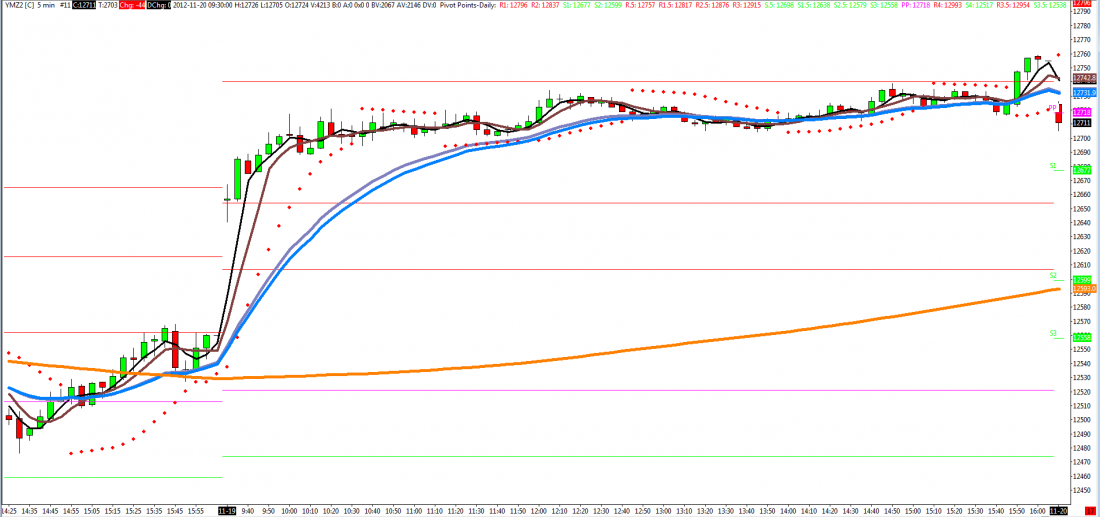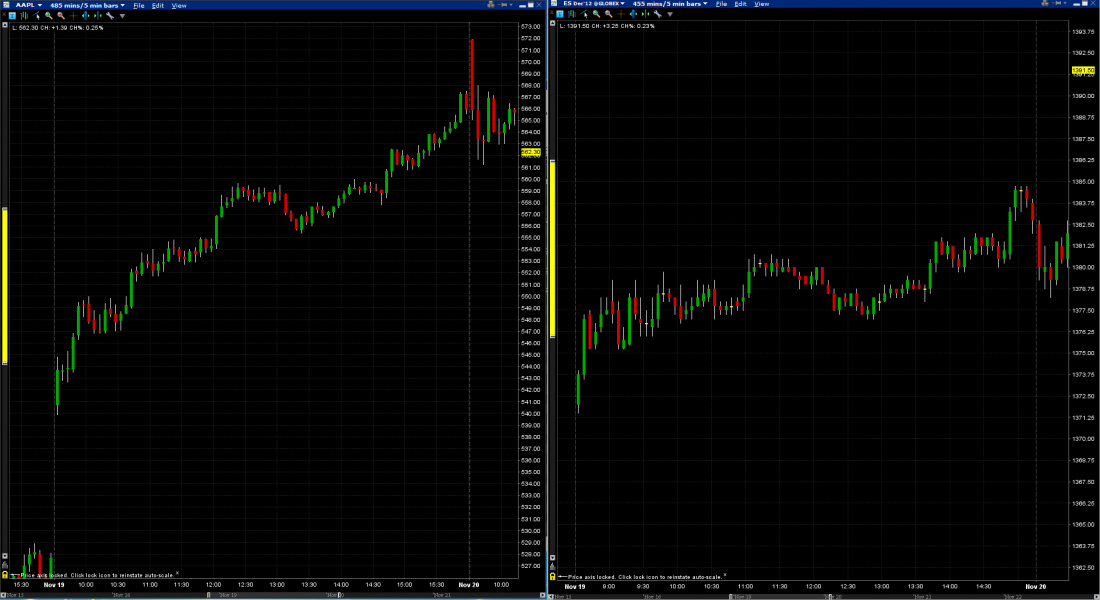Every trader works hard to take consistent profitable trades. Over time, as the market changes, a trading strategy that was once consistently profitable can plateau or worse, become less profitable for a one instrument trader. When the markets fluctuate between trending and consolidating or high and low volatility, a trading soloist will experience greater exposure. When a trader moves from one trading instrument to multiple instruments he/she is able to take advantage of various markets and trade like a symphony. In order to trade multiple instruments, a seasoned trader should understand when to use each trading instrument, which market is most profitable in various market conditions, and be aware of market fluctuations.
Understand When to Play Which Instrument
Trading instruments like equities and futures offer greatest returns when the market moves up or down but not if the market consolidates, while options can offer returns in stagnant consolidating markets. Trading multiple instruments provides the opportunity for you to capitalize on the market that offers the most opportunity. Using various trading instruments provides higher profitability because it allows a trader to tailor trades based on the market’s behaviour.
For example, as illustrated on the charts below from November 19th, the market gapped up prior to the US market open and rallied the rest of the day. When the market opens with a large gap (110 ticks approximately) but consolidates for the rest of the day, it is difficult to grab the move if you are day-trading an instrument like futures. When the market opens with a large gap, a futures trader is forced to wait for a pull back before entering a trade in the YM. In contrast, an options trader might already have a position in DIA (SPDR Dow Jones Industrial Average) from the previous day and profits from the same large gap.

Market Harmony
When a trader is able to identify market harmony they benefit from trading the instrument that will provide the greatest potential reward. High beta stocks like Apple (AAPL), Google (GOOG), and Goldman Sachs (GS )are generally correlated to the broad market. Exposure to these names when the market is trending can offer enhanced returns. For example, if the market is up 1% at noon with a strong trend and Apple is up 1.5% then a APPL trade can offer a greater return rather than investing in the broad market. Paying attention to correlation and market harmony will provide the greatest potential reward. The chart shows that AAPL was up around 5% on November 19th compared to the S&P500 (ES) contract which was up around 1% on the day.

Be The Conductor Of Your Symphony
Integrating multiple trading instruments will be most beneficial for a seasoned trader who has already mastered one trading instrument. As you review your trading plan, identify considerations you will use to determine which trading instrument to trade. Over time, and with experience, you will be able to determine when to use each of your trading instruments.
Here are three things I consider when I’m deciding which trading instrument to use:
- Is the market up, down or consolidating?
- Is volatility higher or lower than the recent average volatility?
- What instrument will offer me the best risk return?
#####
Related Reading …




